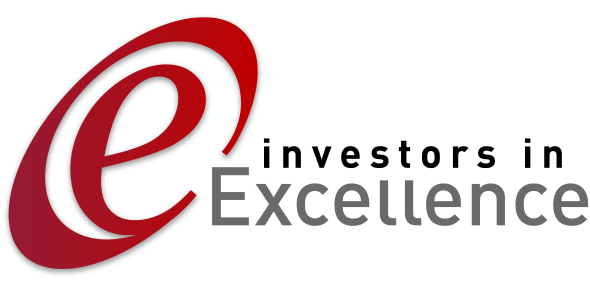 If an organisation wants performance improvement, it is extremely rare that it will happen by default. At least, it will not happen passively unless that organisation is very forward thinking in the way it operates.
If an organisation wants performance improvement, it is extremely rare that it will happen by default. At least, it will not happen passively unless that organisation is very forward thinking in the way it operates.
Planning for improvement on a continuous basis is what makes really successful organisations stand out from the crowd. It is not enough to be good at a single item on a tactical basis. Performance must be designed to improve.
At IiE we have a range of Tools and Approaches that can be utilised for performance improvement across all parts of an organisation
Effectively performance improvement can occur at four different levels:
- an individual
- a team
- an organisational unit
- the organisation itself
To achieve the required improvement, there are several approaches that can be taken:
Engage Your People. Engagement of your people at the earliest stage of the operation of the organisation is key in triggering alignment with the organisation’s goals, and What Matters Most
- Build understanding of your business strategy
- Build trust
- Use people’s skills to the full
- Improve departments to improve the organisation.
Use the best leadership practices. Communicate frequently, in clear in simple language, about core business subjects, such as:
- Departmental/organisation performance against targets
- Competitors/customer wins and challenges
- Current organisational initiatives
Identify/Remove Internal Roadblocks. Seek out indicators of misalignment such as:
- Are policies and work procedures fit for purpose?
- Do your people ignore official policies and work procedures?
- Conflicting relationships between functions, e.g. manufacturing and sales
Align Your Metrics. Ensure that people know they have influence on metrics in their area of operation.
- Metrics provide great value and serve as a guide to decision making.
- Understanding of your competitive differentiation can help keep focus on strategic direction.
- Explaining how metrics are chosen aids departmental understanding of performance.
Strategic Training and Development. Succession planning in an organisation is vital, and training plans should be aligned to that approach.
- Recruit in a timely fashion with a training plan in place.
- Always give people training that is current-day and future-focused.
- Develop career-paths for future roles.
Focus on your organisational strategy. There are varied types of organisational value propositions or competitive differentiation strategies. Yes, do a good job on all, but to choose one single area where your company can and does excel. These types include:
- Know your Customer – provide an organisation that meets each customer’s individual needs
- Operational Efficiency – providing products and services that add value to customers
- Be Leading Edge – provide innovative products and services based on the latest technologies and practices.
IiE has a proven track record of improving performance in organisations across several sectors. Find out more from our customers.
